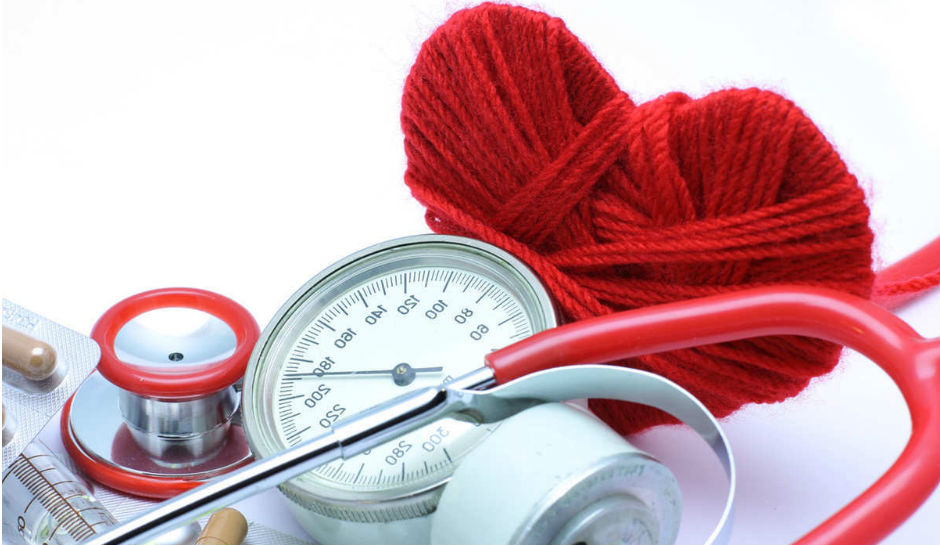One in three American adults has high blood pressure, or hypertension. As people continue to struggle in trying to keep their blood pressure in check, two leading medical groups have revised high blood pressure guidelines for people age 60 and older.
Until now, high blood pressure was considered 140/90 millimeters of mercury or higher, according to the American Heart Association (AHA).
Critics argue that the new target for adults over age 60 is too high, and delayed treatment could put more people at risk.
Hypertension
The Mayo Clinic briefly explains blood pressure and hypertension:
“Blood pressure is determined both by the amount of blood your heart pumps and the amount of resistance to blood flow in your arteries. The more blood your heart pumps and the narrower your arteries, the higher your blood pressure. You can have high blood pressure (hypertension) for years without any symptoms.”
High blood pressure, or hypertension, affects nearly one-third of American adults– or 75 million people — according to the Centers for Disease Control and Prevention (CDC). Only about half of them have their blood pressure under control. And many people do not even know they have hypertension.
In addition, sixty-five percent of U.S. adults age 60 and older have hypertension.
Individuals at high-risk of developing high blood pressure include individuals with chronic kidney disease or metabolic syndrome, vascular disease, diabetes, and older adults.
If left untreated, hypertension can lead to stroke, kidney failure, heart attacks, and death.
New Guidelines Draws Controversy
People with a history of heart attack or stroke should maintain systolic pressure (the top number) below 140. But researchers said those in the 140-150 range may not necessarily need treatment.
In January, the American Academy of Family Physicians and the American College of Physicians released new guidelines for the treatment of hypertension for adults 60 years and older. The two leading medical groups now say a systolic pressure (the top number) below 150 mm Hg, is an appropriate target for healthy older adults.
The groups contend that potential harms outweigh the potential benefits of additional treatment. That could mean thousands of people with hypertension reduce or stop taking their blood pressure medication.
Some blood pressure medications — like calcium channel blockers, ACE Inhibitors, diuretics and other compounds — can have serious side effects, including fainting or abnormal kidney function.
The new guidelines — based on a recent multi-study review — conclude as follows:
“Treatment to at least current guideline standards for BP (<150/90 mm Hg) substantially improves health outcomes in older adults. There is less consistent evidence, largely from 1 trial targeting SBP [systolic blood pressure] less than 120 mm Hg, that lower BP targets are beneficial for high-risk patients. Lower BP targets did not increase falls or cognitive decline but are associated with hypotension, syncope, and greater medication burden.”
The American Heart Association (AHA) opposes these new guidelines. The AHA contested a similar recommendation in 2014, according to a Journal of the American Medical Association article. The association recommends that healthcare providers continue to follow existing guidelines for treating high blood pressure.
Mariell Jessup, M.D. and AHA past president says, “We believe there’s just not enough evidence at this point to justify such a significant change in how we treat people with high blood pressure.”
The Silent Killer
Hypertension is refereed to as the silent killer because people often feel fine and don’t display outward signs or symptoms of dangers or difficulties. Nevertheless, every adult should get his or her blood pressure checked regularly. In addition, anyone experiencing symptoms should contact a health care provider.
Hypertension, is not a problem that you can treat and then forget about. It’s a condition you need to manage for the rest of your life. Lifestyle changes can be difficult and hard to maintain — especially if you don’t see or feel any hypertension symptoms.
Nonetheless, if you need motivation in sticking to beneficial changes in your lifestyle, try to remember the risks that are associated with uncontrolled high blood pressure. Enlisting the support of your family and friends may help as well.
Featured image courtesy of torange.biz | Cropped and Resized | CC-BY-SA-4.0